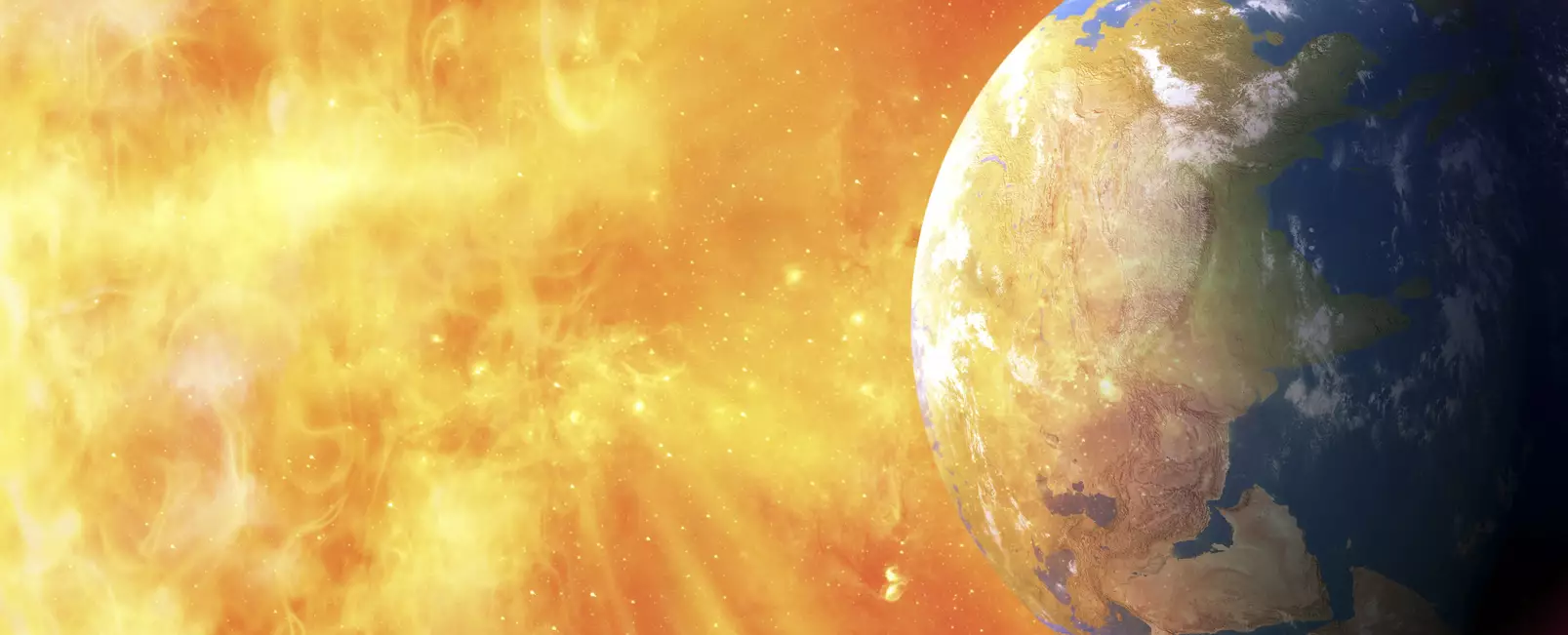In about a billion years, the sun will reach a point where it becomes hot enough to boil all the oceans on Earth, ultimately leading to the destruction of life as we know it. Scientists have long believed that the fate of life on our planet is inevitable. However, a recent study conducted by researchers from the University of Bordeaux, France, and the Planetary Science Institute in Tucson, Arizona, suggests that there might be a glimmer of hope in the form of a passing star.
Stability of the Solar System
The scientists conducted 12,000 simulations to explore the possibility of a star passing within 100 astronomical units (approximately 9.3 billion miles) from Earth. Surprisingly, the simulations revealed that our solar system is incredibly stable. In 92 percent of the cases, the solar system remained almost intact even with the presence of a passing star. According to Sean Raymond, one of the study authors, “It’s really not that easy to mess with planets’ orbits – a star has to get really into another star’s business to mess with its planets.”
A Slim Chance
While the chances might be slim, there is a possibility that a passing star could potentially save Earth from its ultimate demise. In 0.28 percent of the simulations, the passing star managed to pull Earth out of its orbit and relocate it to a more favorable and temperate region. This could mean Earth being pulled beyond Pluto into a location approximately 10 percent cooler than its current orbit, ending up in the Oort cloud, which is about 2 billion light-years away, or even becoming a free-floating planet in space.
Interestingly, being pulled away from the scorching conditions might not be the worst-case scenario for Earth. According to Raymond, it would be much more challenging to revive a planet that has already been roasted rather than to warm up a frozen world. Free-floating planets, if they possess reasonably thick hydrogen atmospheres, can potentially retain enough heat to maintain liquid water on their surfaces. This implies that life could still exist under those circumstances.
Potential Dangers
However, even if Earth is taken away from the extreme heat, it does not automatically guarantee its salvation. In many simulations, Earth ended up colliding either with the Moon or Venus. Therefore, while the passing star might rescue Earth from its impending doom, it could also introduce other hazards in the process. The future remains uncertain.
The likelihood of a star passing through our solar system within the next billion years is only 1 percent. Furthermore, the simulations predict a mere 1 in 350 chance of Earth being transitioned into a habitable orbit. When combined, these factors mean that there is a 1 in 35,000 chance of a passing star saving the long-term prospects for life on our planet. To put it in perspective, these odds are equivalent to randomly drawing the ace of spades from two separate decks of cards while simultaneously rolling a combined 10 with two dice. In other words, not the most favorable odds.
While the idea of a passing star rescuing Earth from its ultimate fate is intriguing, the chances of it actually happening are incredibly slim. Nonetheless, the study’s findings provide valuable insights into the stability of our solar system and the celestial events that could potentially impact the future of life on Earth. Only time will tell what lies ahead for our precious planet and its inhabitants.


Leave a Reply